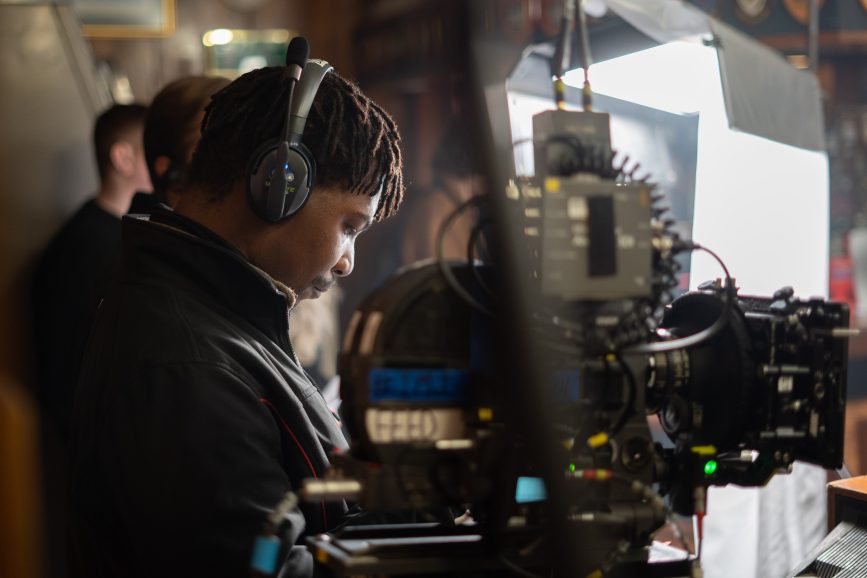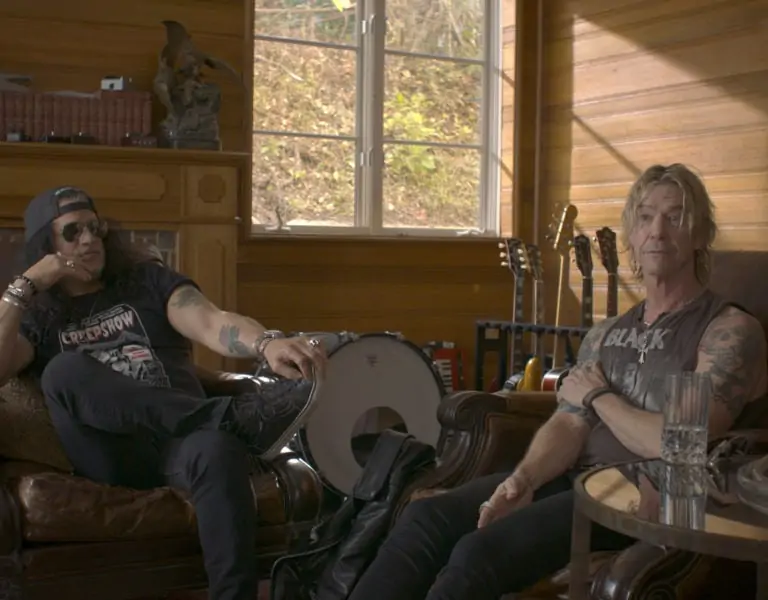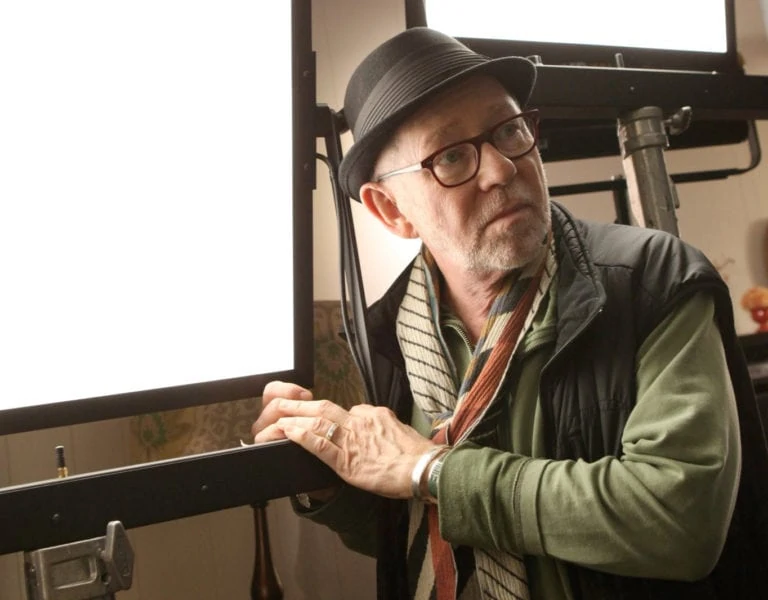VITAL SUPPORT
Training as an intimacy coordinator has allowed cinematographer Rufai Ajala to provide additional and valuable support to cast and crew, while creating a safe environment on set. They share their motivations for exploring this additional role, the training pathway that led them there, and how their role as an IC continues to inform their work as a cinematographer.
Having been a working cinematographer since 2012, I decided to embark on training to also become an intimacy coordinator (IC) in 2019. My road to intimacy coordination followed two distinct pathways. The first pathway and entry into finding IC work was through my role as a DP, working on short films and stories that included a lot of intimacy that focused on sexuality, gender expression, and nudity.
The stories I was telling and highlighting at the time were about people in my community – queer, trans, people of colour. These stories featured chest or genitalia surgery of trans people, queer intimacy, and sexual expression and exploration. As a cinematographer who camera operates, I was physically close to on-screen talent – the artists and actors – when filming these very vulnerable and intimate scenes.
I realised, as camera operators, when filming simulated sex scenes that might require a close-up shot or POV shot, sometimes we also actually end up physically positioned and acting out the motions and action of simulated sex.

This led me to search for ways I could better support talent, especially being the closest physical point of contact to them in a scene. Sometimes I was the closest point of contact to them other than the director, their co-performer/co-actor, or even the intimacy coordinator. What additional training and skills could I have and develop to offer support if and when needed? What other strings to my bow could be beneficial when approaching an intimate scene with simulated sex, an emotional heightened scene of sexual violence, or a vulnerable scene with nudity? What could I, the cinematographer and camera operator, bring to the table, as the physically closest supportive point of contact to the cast?
The second and final pathway that led to my journey to training as an intimacy coordinator was my experience as a background supporting artist, mainly specialising as a body double for nude and intimate scenes for principal actors. During this time, I had an experience with a director who abused their position of power and the trust we created during rehearsals and undermined my autonomy and boundaries. And the cinematographer, being the closest (physically and creative input) collaborator to the director and also being a part of the rehearsal process, a witness to my stated boundaries, ended up being complicit in the harm caused due to them not having the skills or tools to help address the situation unfolding.
Having this experience behind the camera, as well as experience in front of the camera has given me a unique perspective on how vulnerable and exposing it can be as an actor or on-screen performer, and how important a closed set and the atmosphere created on a set can be helpful to enable actors to give their best whilst not feeling self-conscious and compromising a performance.
Like in many industries, the MeToo movement led to changes and a better understanding of power dynamics in the workplace, abuse of one’s position and authority, and how being behind the camera can create a position of power and this is different from the vulnerable position of an actor being in front of the camera.

I recently worked on a production where the principal actor felt uncomfortable with a kiss scene with his co-actor, the female lead. Men are normally perceived as always being “up for it” in all heterosexual intimate and sexual situations. Contrast that with a director who didn’t understand my agency and I was suddenly put in a position where my boundaries weren’t respected. Being non-binary, Black and being read as masculine had an impact on this outcome where my agency wasn’t respected. Sadly, the conversation about men’s consent can be glossed over.
My experience as a background supporting artist had an impact on me and motivated me to want to become an intimacy coordinator, while still working as a cinematographer. Hopefully more intimacy coordinators of diverse identities can help create more nuance regarding the discussion of consent for people of different identities.
The ScreenSkills training programme I joined was specifically aimed to create more diversity in terms of gender, sexuality, and race in the Intimacy Coordination workforce. There are also options available to cinematographers and directors to take short training courses on IC work which is extremely helpful and adds another skillset in helping support actors and on-screen talent. I would also recommend BECTUIntimacybranch.co.uk resource page as a useful source of information and guidance.
The assistance and reassurance I have been able to offer the cast, directors, and cinematographers I’ve worked with has been invaluable. I also found it beneficial training as a fully qualified IC as part of my healing journey from the traumatic experience I had on set.
Intimacy coordination is like stunt coordination and stunt work, with the risk not being physical harm if a stunt goes wrong, but rather mental and emotional harm, which can have lasting effects. That is why ICs and mental health support, advocates and helplines are important on film sets for cast and crew. Reducing risk, raising awareness, and treating cast with respect is vital – it’s every production’s duty of care to ensure a safe environment is created on set.

I have worked with and coached DPs who have found themselves camera operating a POV shot as one of the characters in an intimate simulated sex scene and having to enact simulated sex acts, actions, thrusts, and physical touch. This type of action needs to be communicated and workshopped/choreographed correctly as well as making all parties aware of the process and ensuring they are comfortable with the action that will occur. It’s then important to determine if any changes need to be implemented to make the action and stunt more comfortable for all parties involved.
This type of action and camera operation includes a physical closeness to the action and stunt of the physical intimacy of simulated sex. Therefore, we must take it upon ourselves as camera operators and cinematographers to be aware of intimacy training that can help facilitate and strengthen the action that would be required for scenes of similar intimacy; scenes which are more common than explosions and car chase sequences when it comes to filming everyday dramas and feature films.
The recent comments on IC stifling the improvisation of scenes are understandable but not nuanced and imaginative enough to delve deep into the root of the problem. At the end of the day, the role of an IC is to create a safe space for the actors to be able to explore and experience the domain and boundary of their character safely, supporting the director and creatives to help them craft what they envision, whilst ensuring the safety of an intimate stunt to make sure there are no errors made or imperceptible harm caused.
Please stay in touch with BECTUIntimacybranch.co.uk for information about outreach events, training workshops and public roundtable events sharing and educating what ICs do in our role.

–
Resources
https://www.bectuintimacybranch.co.uk/ https://www.intimacyforstageandscreen.com/ https://www.intimacyonset.com/intimacy-on-set-guidelines.html
https://directors.uk.com/campaigns/directing-nudity-and-simulated-sex
https://www.sagaftra.org/quick-guide-scenes-involving-nudity-and-simulated-sex-0












